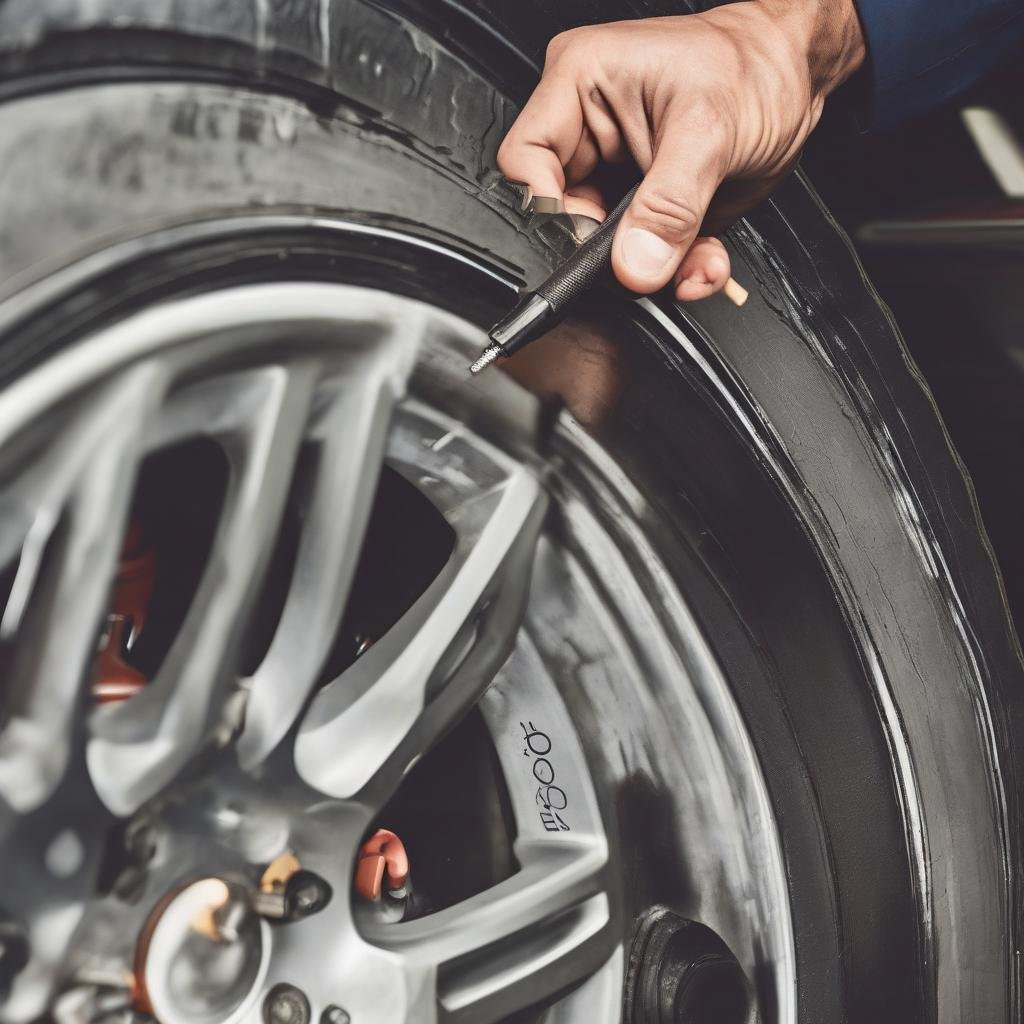
Tire Safety Checklist
# Tire Safety Checklist: Routine Inspection Guide for Optimal Tire Health
Tire Safety Checklist
Maintaining proper tire health is crucial for vehicle safety, fuel efficiency, and overall performance. A routine tire safety inspection can prevent blowouts, uneven wear, and costly repairs. This comprehensive checklist covers essential steps to ensure your tires remain in optimal condition, helping you stay safe on the road.
1. Tire Pressure Inspection
Proper tire pressure is the foundation of tire safety. Underinflated or overinflated tires can lead to poor handling, reduced fuel economy, and increased wear.
How to Check Tire Pressure
- Use a reliable tire pressure gauge (digital or analog).
- Check pressure when tires are cold (before driving or after sitting for 3+ hours).
- Compare readings to the manufacturer’s recommended PSI (found in the owner’s manual or driver’s side door jamb).
- Adjust pressure as needed, ensuring all tires match the recommended level.
For a detailed guide, see our article on How to Check Tire Pressure.
2. Tread Depth and Wear Patterns
Tread depth directly impacts traction, especially in wet or icy conditions. Worn tread increases the risk of hydroplaning and reduces braking efficiency.
Measuring Tread Depth
- Use a tread depth gauge or the penny test (insert a penny upside-down—if Lincoln’s head is fully visible, replace the tire).
- Check multiple spots across the tire, including the inner and outer edges.
Identifying Uneven Wear
Uneven wear patterns can indicate alignment issues, improper inflation, or suspension problems. Look for:
- Cupping (scalloped dips)
- Excessive wear on one edge
- Center wear (overinflation)
- Shoulder wear (underinflation)
Learn more about Signs of Uneven Tire Wear and how to address them.
3. Visual and Structural Inspection
Regularly examine tires for damage that could compromise safety.
What to Look For
- Cracks or bulges: Sidewall cracks indicate dry rot, while bulges suggest internal damage.
- Punctures or embedded objects: Nails or screws may cause slow leaks.
- Valve stem condition: Cracked or leaking stems need replacement.
If you find a puncture, refer to our guide on How to Fix a Tire Leak.
4. Rotation and Alignment
Regular tire rotation promotes even wear and extends tire life.
Rotation Guidelines
- Rotate every 5,000–7,500 miles (or as specified in your vehicle manual).
- Follow recommended Tire Rotation Patterns for your drivetrain (FWD, RWD, AWD).
Alignment Check
Misalignment causes uneven wear and steering issues. Get an alignment if:
- The vehicle pulls to one side.
- Steering wheel is off-center when driving straight.
Conclusion
A thorough tire safety inspection should be part of your regular vehicle maintenance. By checking pressure, tread depth, wear patterns, and structural integrity, you can prevent accidents and extend tire life. Pair these checks with routine rotations and alignments for optimal performance. For more tips, explore our guide on How to Extend Tire Life.
FAQ
How often should I inspect my tires?
Check tire pressure monthly and perform a full visual inspection every 3 months or before long trips.
When should I replace my tires?
Replace tires if tread depth is below 2/32″, if there’s visible damage, or if they’re over 6 years old (even with good tread).
Can I repair a tire with a sidewall puncture?
No—sidewall damage requires replacement. Only tread-area punctures may be repairable.
